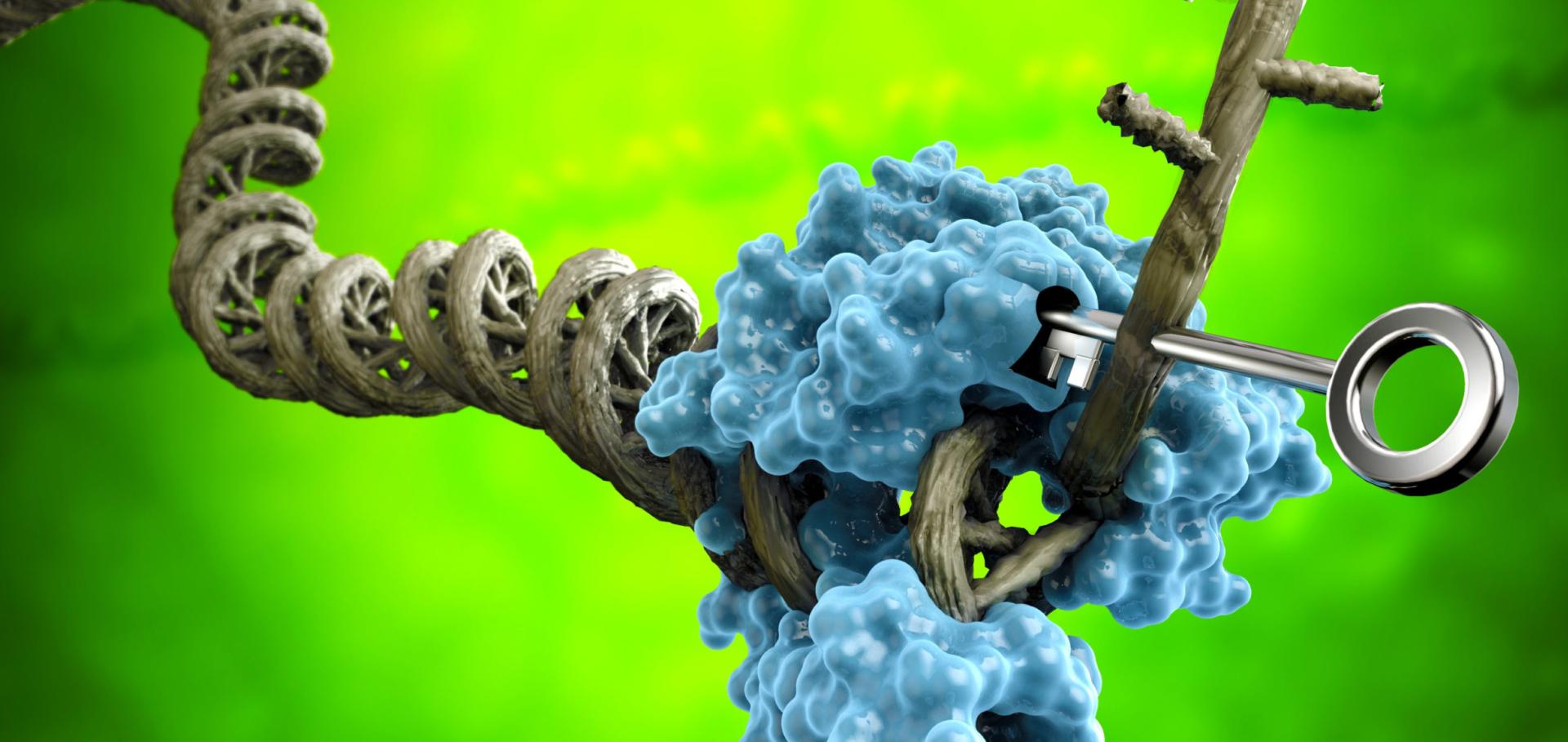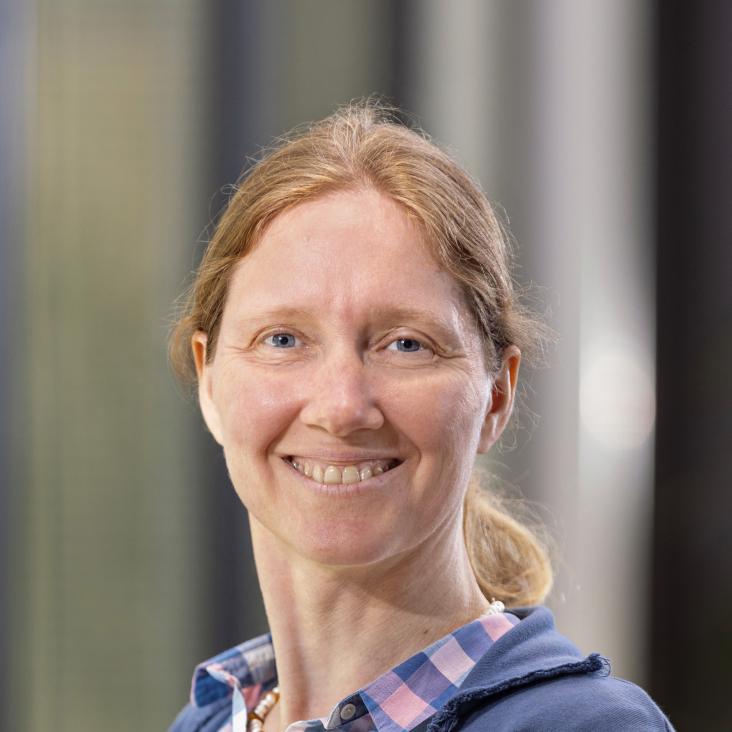Cell cycle regulation has shaped replication origins in budding yeast
Nature Structural & Molecular Biology Nature Research 32:9 (2025) 1697-1707
Abstract:
Eukaryotic DNA replication initiates from genomic loci known as origins. At budding yeast origins like ARS1, a double hexamer (DH) of the MCM replicative helicase is assembled by origin recognition complex (ORC), Cdc6 and Cdt1 by sequential hexamer loading from two opposed ORC binding sites. Cyclin-dependent kinase (CDK) inhibits DH assembly, which prevents re-replication by restricting helicase loading to the G1 phase. Here, we show that an intrinsically disordered region (IDR) in the Orc2 subunit promotes interaction between ORC and the first loaded, closed-ring MCM hexamer (the MCM–ORC (MO) intermediate). CDK-dependent phosphorylation of this IDR blocks MO formation and DH assembly. We show that MO stabilizes ORC at lower-affinity binding sites required for second hexamer loading. Origins comprising two high-affinity ORC sites can assemble DH efficiently without MO by independently loading single hexamers. Strikingly, these origins escape CDK inhibition in vitro and in vivo. Our work reveals mechanistic plasticity in MCM loading with implications for understanding how CDK regulation has shaped yeast origin evolution and how natural, strong origins might escape cell cycle regulation. We also identify key steps common to loading pathways, with implications for understanding how MCM is loaded in other eukaryotes.Enterovirus-like particles encapsidate RNA and exhibit decreased stability due to lack of maturation
PLoS Pathogens Public Library of Science 21:2 (2025) e1012873
Abstract:
To counteract hand, foot, and mouth disease-causing viruses such as enterovirus A71 and coxsackievirus A6, virus-like particles (VLPs) have emerged as a leading contender for the development of a multivalent vaccine. However, VLPs have shown rapid conversion from a highly immunogenic state to a less immunogenic state and low particle integrity lifetimes compared to inactivated virus vaccines, thus raising concerns about their overall stability. Here, we produce VLPs to investigate capsid stability using cryogenic electron microscopy (cryo-EM), mass spectrometry (MS), biochemical assays, and atomic force microscopy (AFM). In contrast to prior studies and prevailing hypotheses, we show that insect-cell produced enterovirus VLPs include encapsidated RNA fragments with viral protein coding sequences. Our integrated approach reveals that CVA6 VLPs do not undergo viral maturation, in contrast to virions; that they can encapsidate RNA fragments, similarly to virions; and that despite the latter, they are more brittle than virions. Interestingly, this indicates that CVA6 VLP stability is more affected by lack of viral maturation than the presence of RNA. Our study highlights how the development of VLPs as vaccine candidates should encompass probing for unwanted (viral) RNA content and establishing control of their maturation to enhance stability.Optimization of Enterovirus-like Particle Production and Purification Using Design of Experiments
Pathogens MDPI 14:2 (2025) 118
Abstract:
Hand, foot, and mouth disease (HFMD) represents an emerging health concern whose main causative agents are Coxsackievirus A6 (CVA6) and enterovirus A71 (EV71). The lack of a CVA6 vaccine and the rise of new HFMD-causing strains due to the containment of established HFMD-causing viruses necessitates the search for alternative vaccine technologies, including virus-like particle (VLP) vaccine candidates. While studies have demonstrated that production of enterovirus-like particles in various organisms can be achieved by expression of the viral P1 structural proteins and the 3CD protease, optimization based on the interplay between the three most commonly altered infection parameters (multiplicity of infection (MOI), viable cell density at the time of infection (VCD), and the infection period) is often not investigated. To address this challenge, we have performed Design of Experiments (DoE) to optimize the production of CVA6 and EV71 VLPs. Our results indicate that CVA6 VLP production peaks at high MOI, high VCD, and long infection periods. Our subsequent downstream purification processes yielded 38 mg and 158 mg of purified CVA6 and EV71 VLPs from 1 L crude harvest, respectively. This translates into thousands of potential vaccine doses and highlights the economic potential of enterovirus-like particles for vaccine purposes.Hybrid Ensemble and Single-molecule Assay to Image the Motion of Fully Reconstituted CMG.
Journal of Visualized Experiments MyJove (2024)
A Biophysics Toolbox for Reliable Data Acquisition and Processing in Integrated Force–Confocal Fluorescence Microscopy
ACS Photonics American Chemical Society (ACS) 11:4 (2024) 1592-1603


